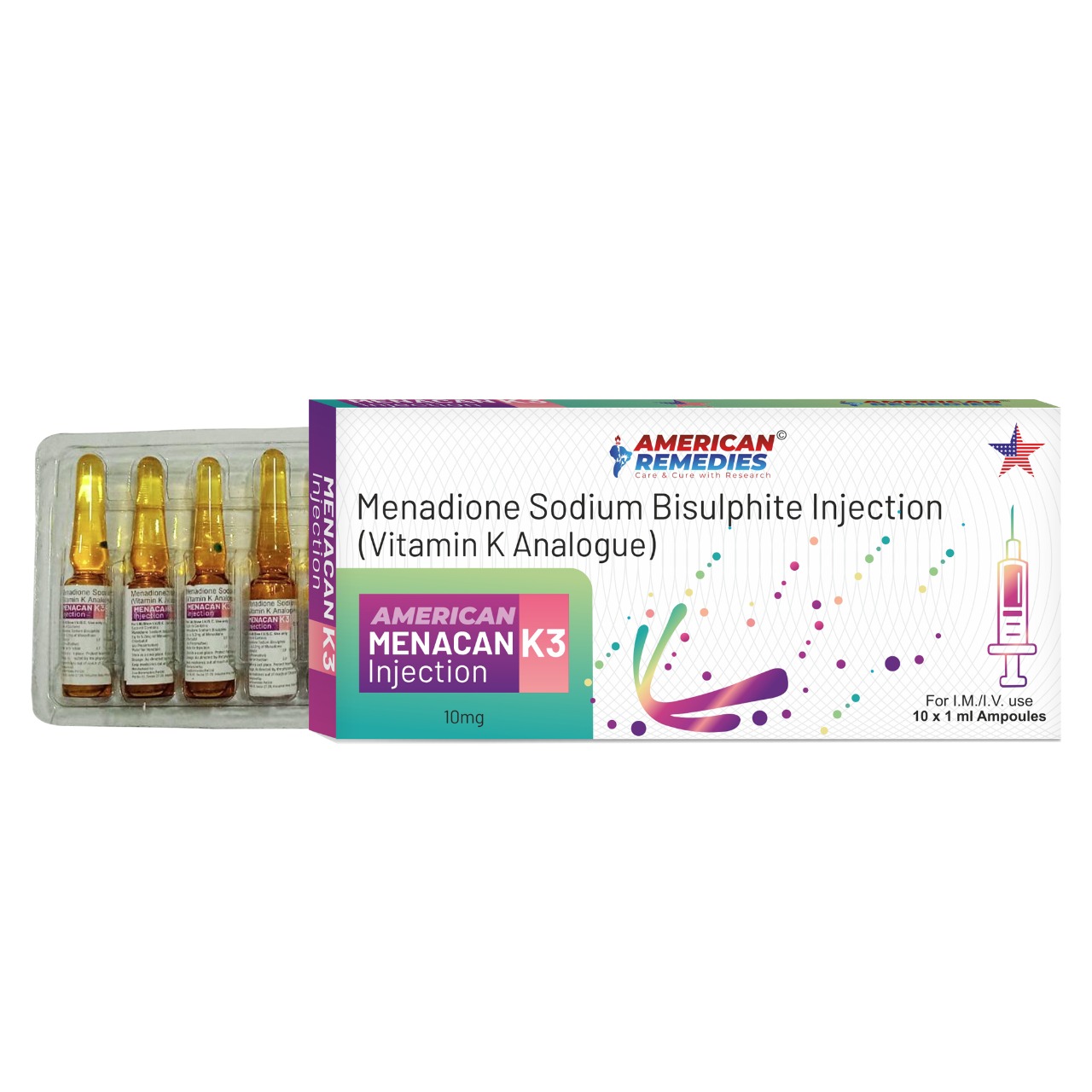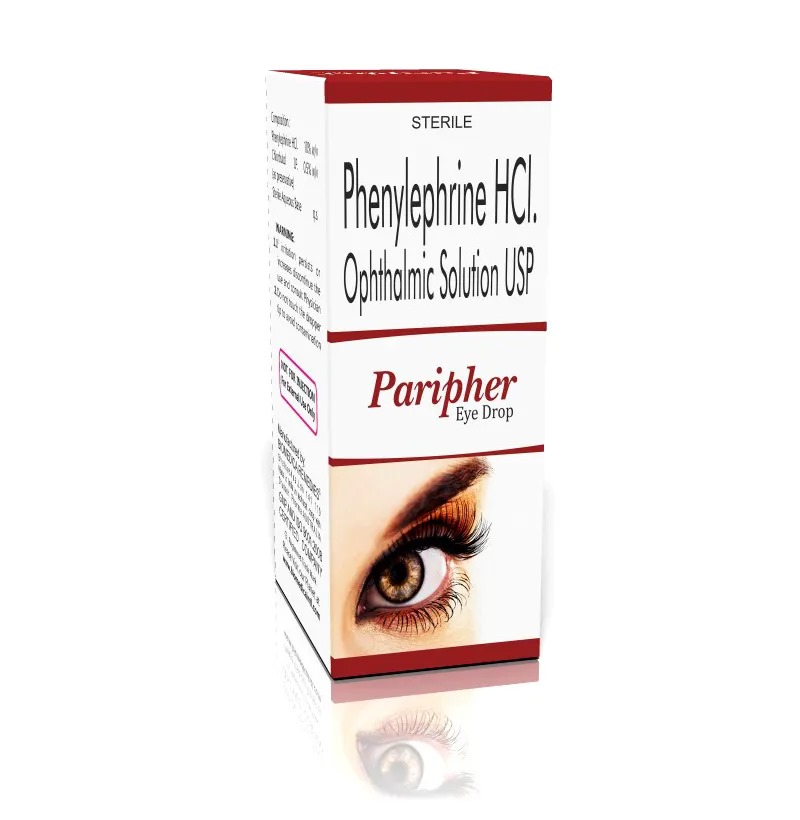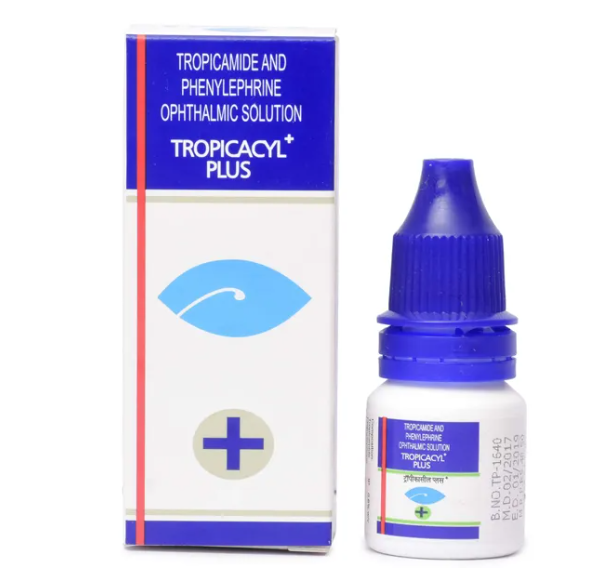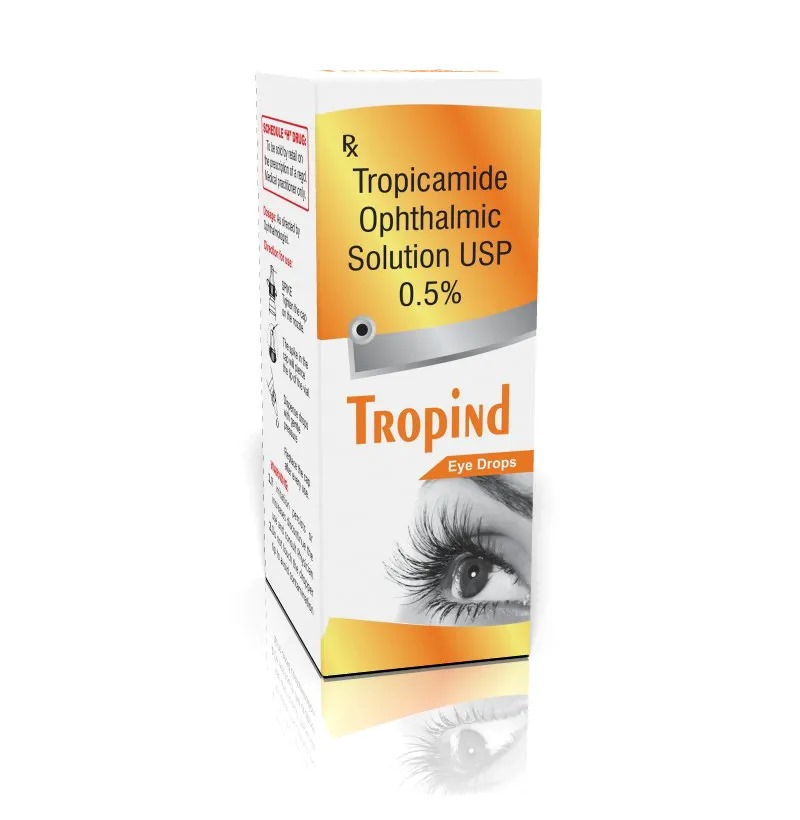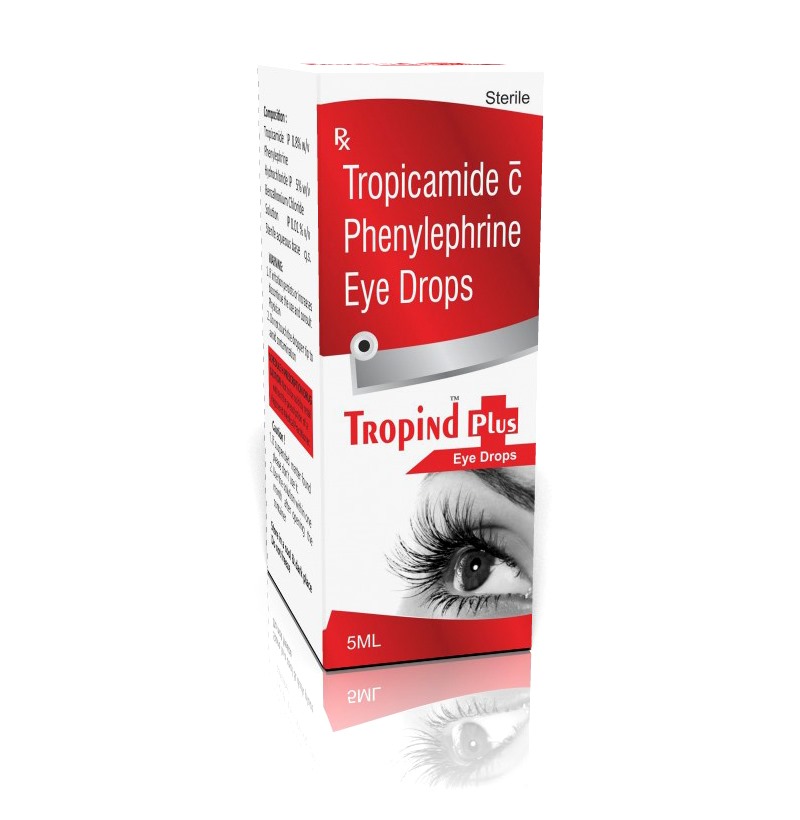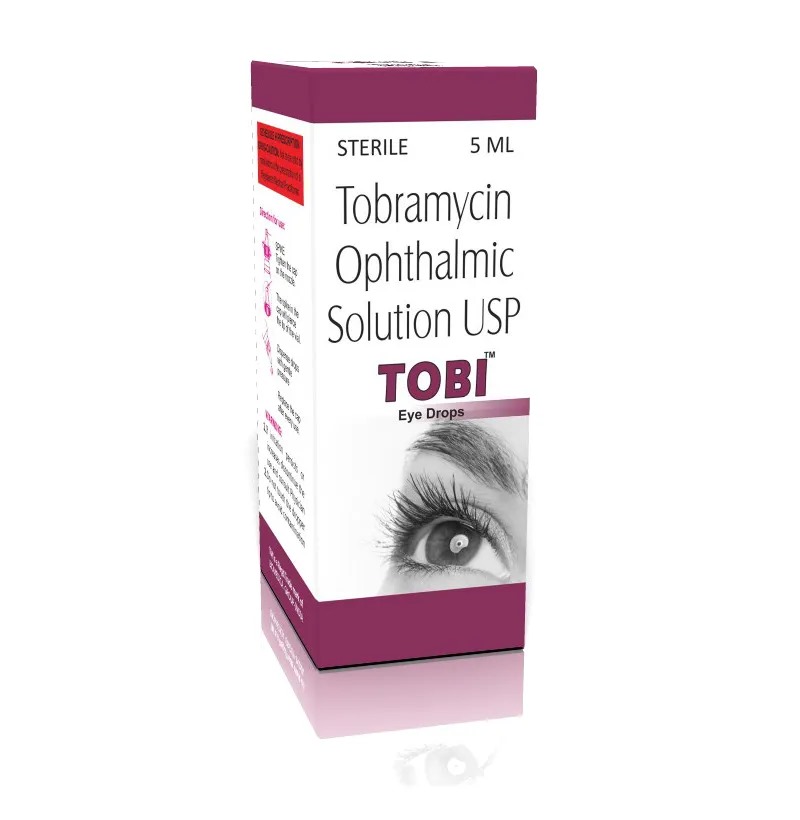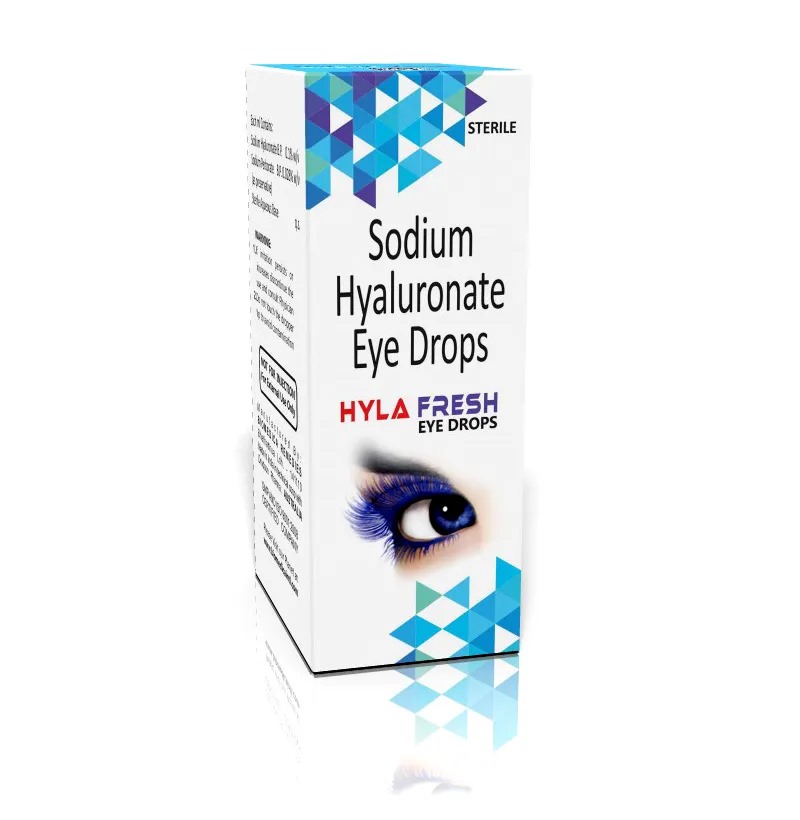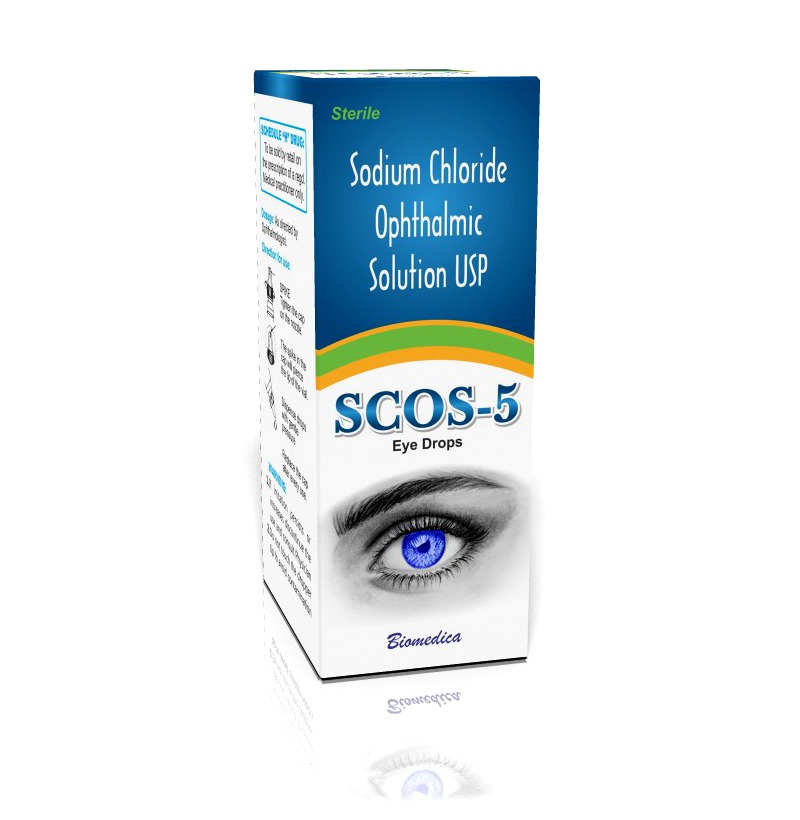Menacan K3 Injection is a brand name for Menadione Sodium Bisulphite Injection, which is a synthetic form of Vitamin K3. It is primarily used in medical and veterinary settings to address Vitamin K deficiencies and related conditions. ________________________________________ 💉 Medical Uses Menacan K3 Injection is indicated for: • Treatment of Vitamin K Deficiency: Essential for synthesizing clotting factors II, VII, IX, and X in the liver. A deficiency can lead to bleeding disorders. • Management of Hypoprothrombinemia: A condition characterized by low levels of prothrombin, increasing the risk of bleeding • Reversal of Anticoagulant Effects: Used in cases of anticoagulant overdose, particularly when rapid reversal is necessary. • Support in Liver Disease: Beneficial for patients with liver disease where vitamin K absorption is impaired. • Treatment of Malabsorption Syndromes: In patients with conditions that disrupt vitamin K absorption. ________________________________________ ⚠️ Important Considerations • Administration: Should only be administered by a trained healthcare professional. Self-administration is not recommended. • Contraindications: Not suitable for individuals with G6PD deficiency, as it can cause serious side effects. Also, use with caution in patients with liver or kidney disease, or those who are pregnant or breastfeeding. • Side Effects: May include facial flushing, sweating, injection site reactions, hemolysis, and altered taste. These side effects are generally mild and resolve over time.
Send Message